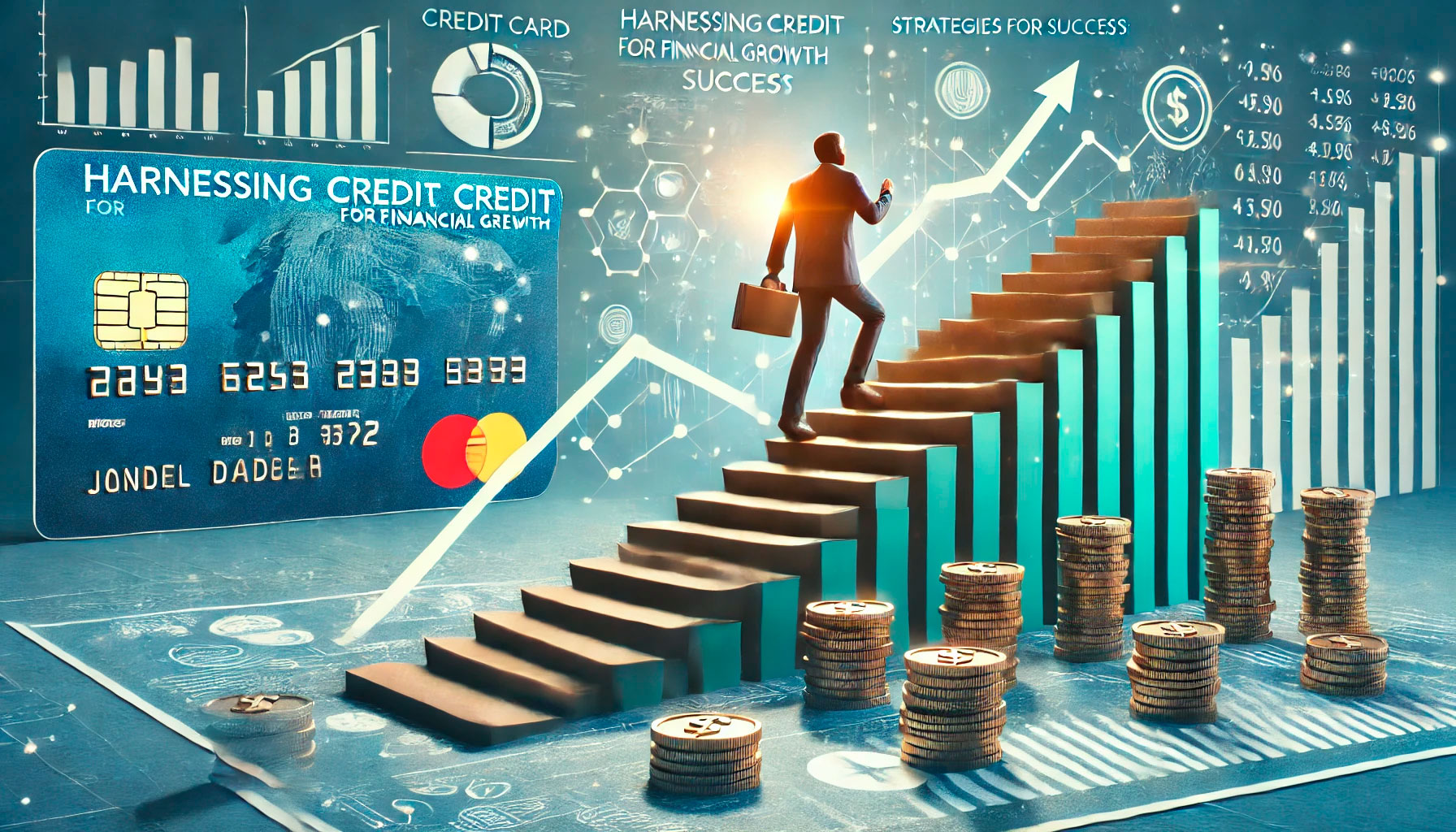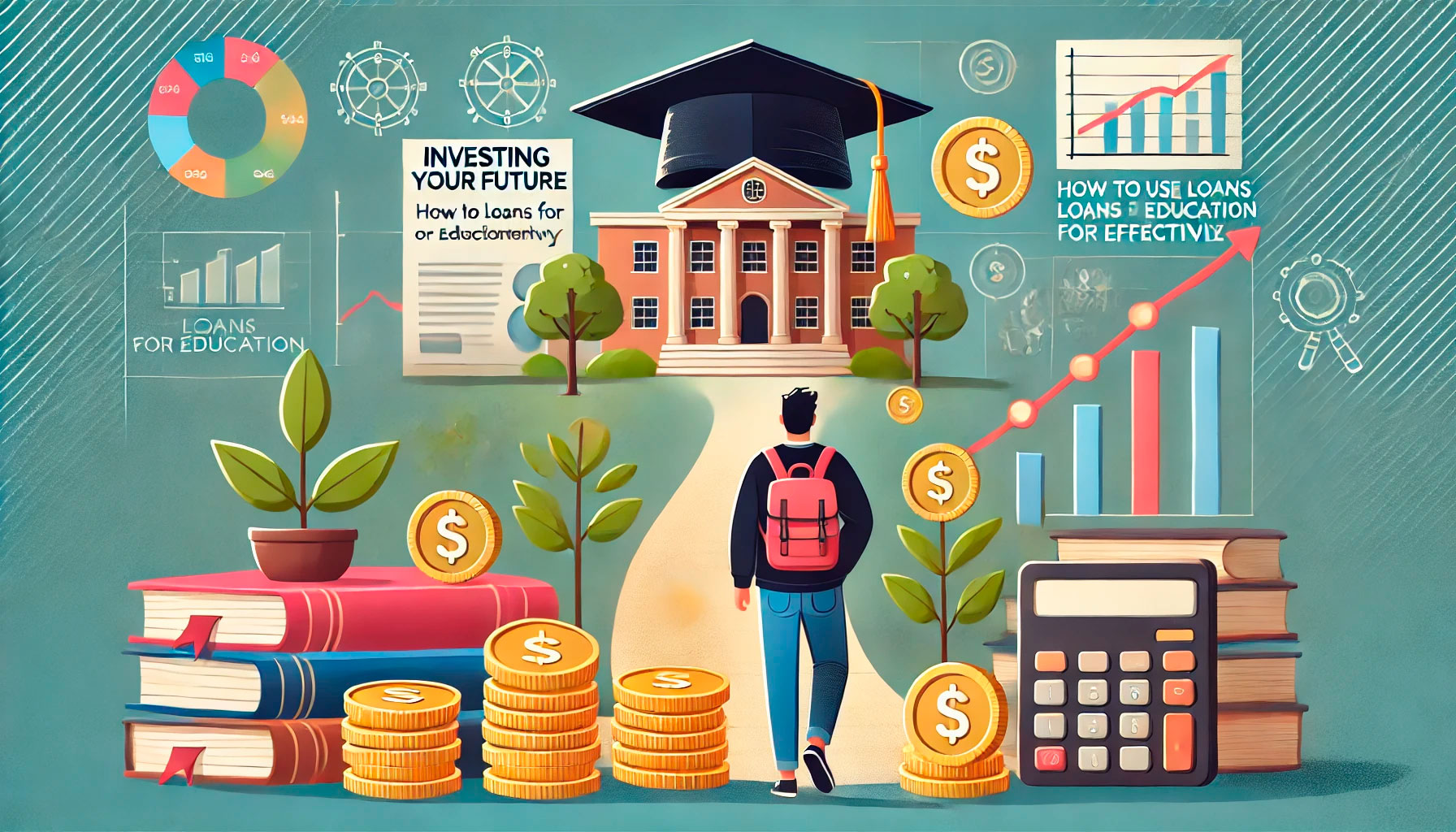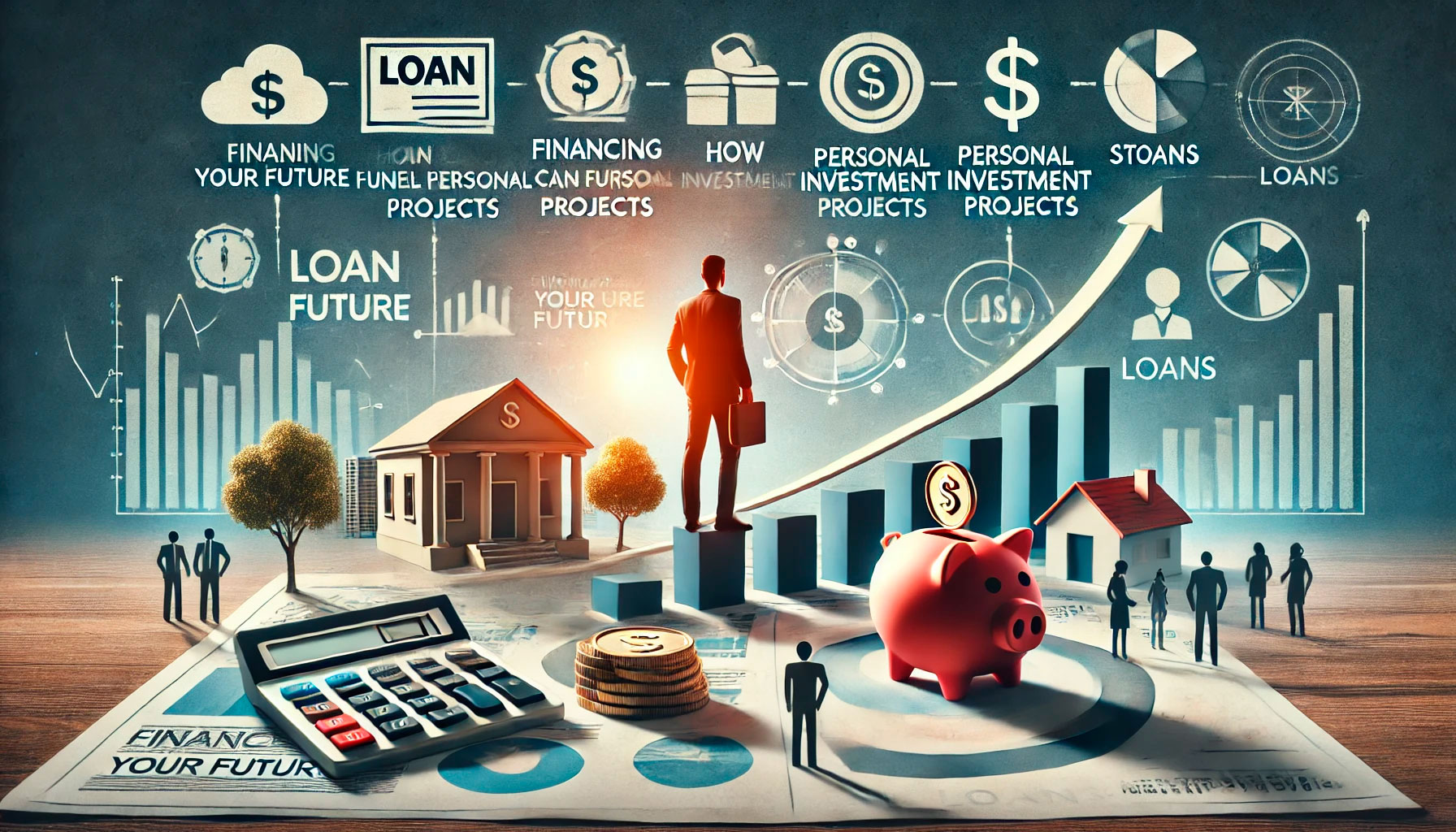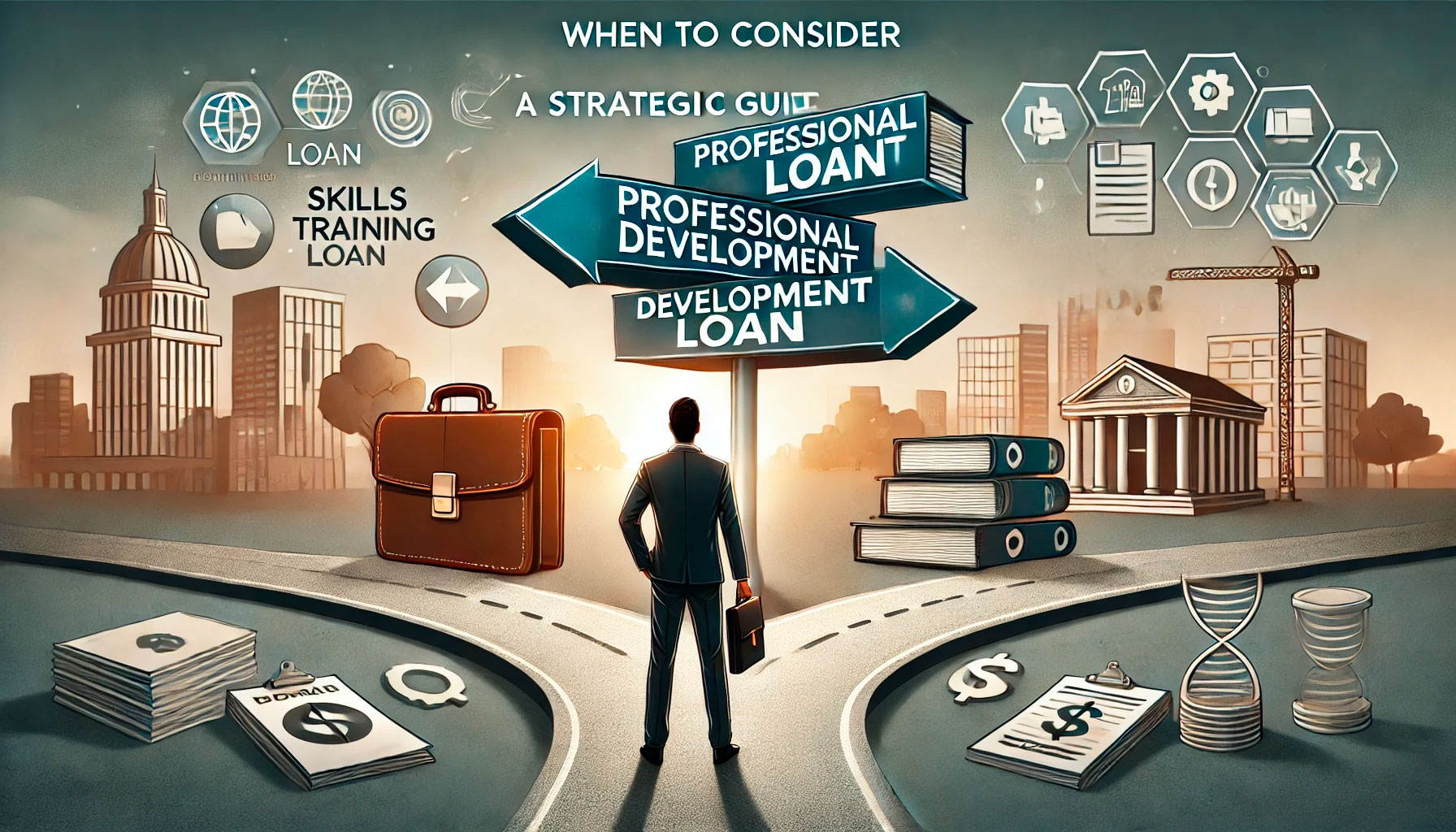Credit, if managed well, can be a strong asset in your journey toward financial growth. But when exactly does credit shift from a liability to a financial tool for success? In this guide, we will break down different scenarios where credit becomes a smart investment rather than just another debt obligation. By shifting your approach to credit, you can leverage its power to propel both personal and business opportunities.
Scenario-Based Approach to Using Credit
Scenario 1: Starting a Business from Scratch
Imagine you have a business idea that you know can succeed, but you lack the capital to get it off the ground. This is one of the most straightforward ways to use credit for growth. Whether through a small business loan or a personal line of credit, financing gives you the opportunity to turn an idea into a functioning enterprise. In this case, credit acts as the engine that drives innovation and risk-taking, something essential for entrepreneurs.
Important Tips: Ensure you have a solid business plan before taking out any loans. Calculate the ROI carefully, understanding that you’ll need to start repaying the loan sooner than your business may become profitable.
Scenario 2: Expanding an Already Profitable Business
Your business is thriving, and you see potential in expanding to a second location, hiring new staff, or increasing production. This is where credit can accelerate growth. With a business line of credit or a short-term loan, you can seize opportunities that would otherwise be delayed by waiting to accumulate cash reserves. In this scenario, you’re using debt to multiply an already successful business model.
Key Advice: Make sure your expansion efforts are well-timed and supported by market demand. Over-extending could lead to financial trouble if the new venture doesn’t meet expectations.
Scenario 3: Using Personal Credit for Career Growth
Sometimes credit is not about buying assets but about investing in yourself. Imagine using a personal loan or student loan to pursue higher education or a specialized certification. The goal here is clear: by improving your skills and qualifications, you can dramatically increase your earning potential. This type of credit use directly contributes to personal growth and can pay off significantly in the long term.
Tip: Before borrowing, calculate how much extra income this investment in education will generate, and how soon. This can help you avoid taking on too much debt if the payback period is lengthy.
Why Credit Is a Double-Edged Sword
While credit can fuel growth, it’s also important to recognize that mismanagement can turn credit from an asset into a burden. Here are some key mistakes to avoid:
- Over-borrowing: Always borrow only what you need, not the maximum amount you’re offered. This will keep your debt manageable and reduce your risk.
- Ignoring Interest Rates: High interest rates can eat into your returns. Always look for loans with favorable terms and consider paying off high-interest debts first.
- Not Having a Repayment Strategy: Enter into any credit arrangement with a clear plan for how and when you will repay the debt. Missing payments can quickly spiral into financial trouble.
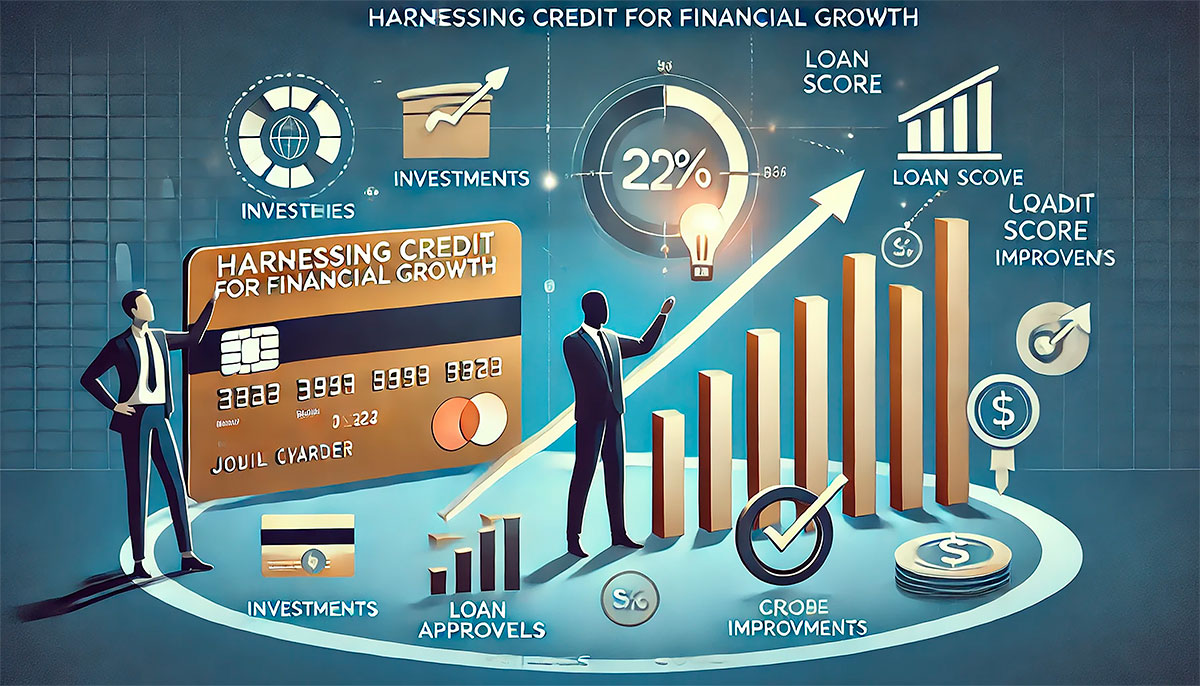
Case Study: A Strategic Use of Credit for Real Estate
Let’s look at an example of how credit can be used effectively. John, a 35-year-old real estate investor, used a home equity line of credit (HELOC) to finance the renovation of a rental property. By doing so, he increased the property’s value and rental income, which allowed him to pay back the loan within three years and significantly increase his passive income.
Lesson: In John’s case, using credit smartly meant improving an existing asset rather than acquiring unnecessary debt. This type of calculated risk can bring significant financial rewards.
Key Strategies to Keep in Mind
When thinking about using credit for growth, remember these critical strategies:
1. Always Have a Backup Plan
What if your investment doesn’t yield the expected returns? Having an alternative strategy for loan repayment ensures that you won’t default or face excessive financial strain. This might mean having savings on hand or diversifying your investments to mitigate risk.
2. Focus on Low-Interest Borrowing
If possible, aim for credit options with the lowest interest rates. This might involve improving your credit score before applying or exploring various financial institutions to get the best terms. Lower interest rates mean less of your profits are eaten away by debt.
3. Prioritize Credit That Generates Income
When you use credit to buy an income-generating asset, such as a rental property or business equipment, you are essentially using other people’s money to make money. This is the most effective way to use debt, as it actively contributes to your financial growth.
Conclusion: Harnessing Credit for Sustainable Growth
Credit is a powerful tool, but its true potential lies in how it’s used. For those looking to grow a business, invest in personal development, or enter the real estate market, credit can provide the capital needed to accelerate these goals. However, it is essential to approach borrowing strategically, always focusing on how the borrowed money will generate a return on investment.
By treating credit as a financial tool rather than a financial burden, you can unlock new opportunities and set yourself up for long-term success.

